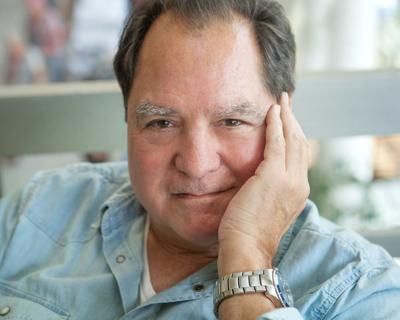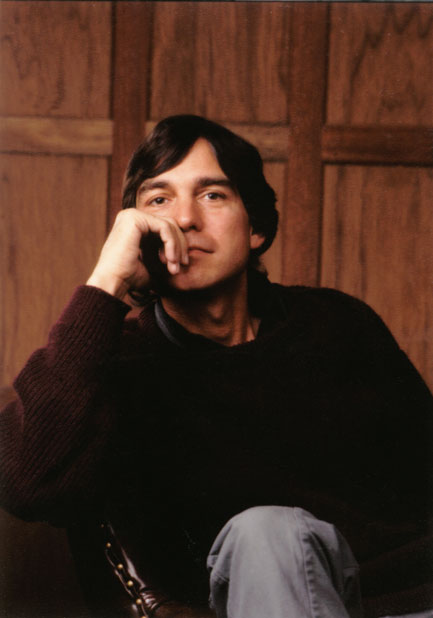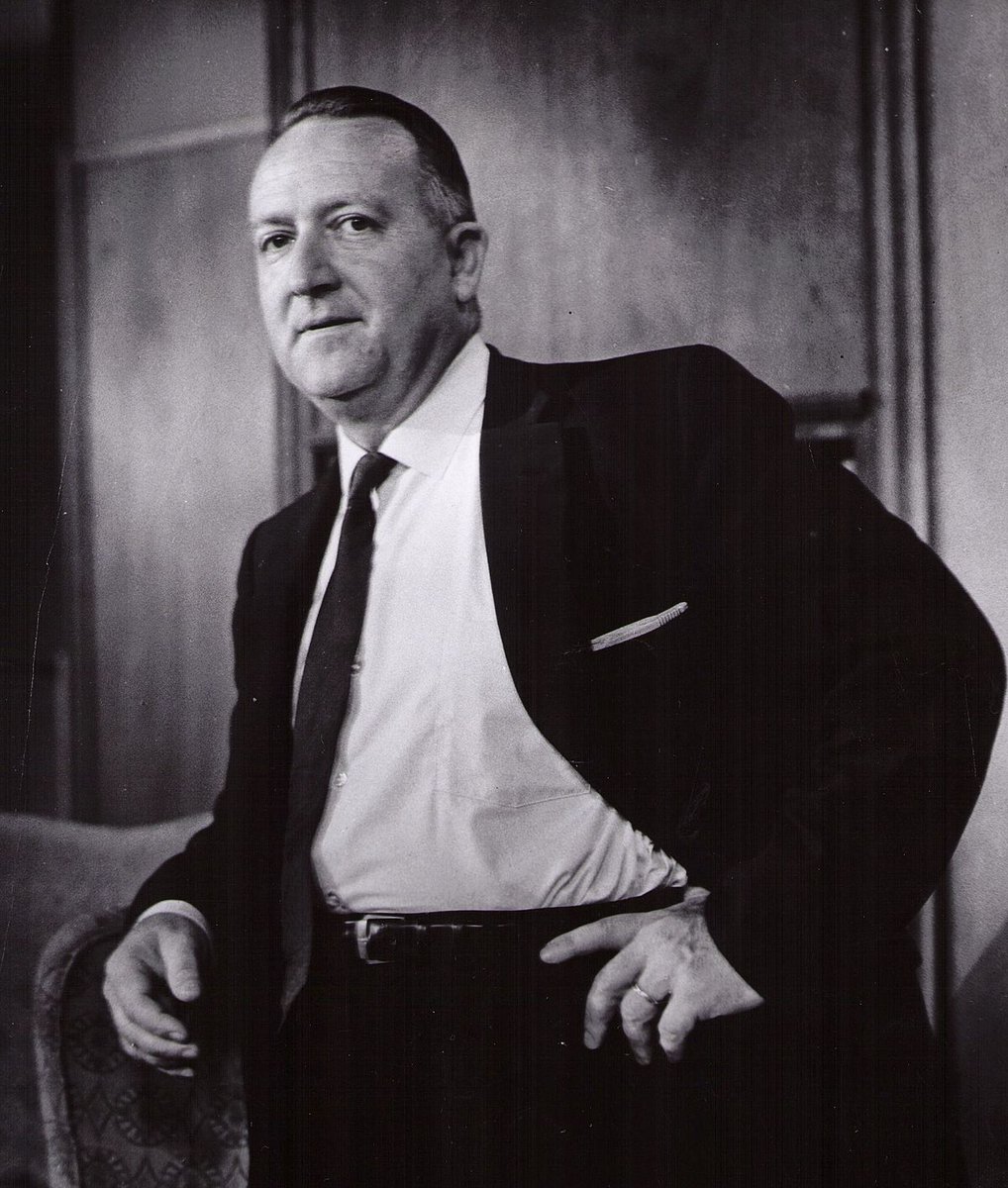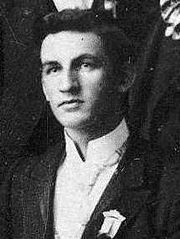
As Canadians and Americans come to grips with the grisly details of children's burials near boarding schools, it is also important to note the role that voluntary & religious organizations played, too.
A #MormonAmerica thread on the LDS Indian Student Placement Program. /1
A #MormonAmerica thread on the LDS Indian Student Placement Program. /1
In 1947, a young Navajo girl named Helen John traveled with her family to Richfield, Utah, hired as field laborers. Growing up, Helen hid whenever cars drove through her reservation out of fear they would abduct her and take her to boarding schools. /2
But in Richfield, she encountered a white family named the Averys who introduced her to Mormonism. At first she was reluctant, and the language barrier made it difficult, but eventually she was intrigued and desired to stay and learn more. /3
A local LDS leader, Golden Buchanan, tried to find a home for her. When he asked for church guidance, apostle Spencer W. Kimball showed up on his doorstep and encouraged him to house her himself, which he did. /4
Over next 7yrs, Buchanan placed a rising number of Indigenous children. But he did so w/o official church support, & often skirted the law. Finally, in 1954, the church created the Indian Student Placement Program (ISPP), under Relief Society oversight. /5
Helen John was therefore the first of what were nearly 50,000 Indigenous children, mostly Navajo, placed through the ISPP. These children would stay with white LDS families during the school year, and return to their reservations in the summer. /6
There was a broader context for this initiative. In post-WWII America, a number of state & federal legislators had concluded that persistent poverty on reservations was not due to centuries of colonialism(!), but rather Indigenous culture, & assimilation was the only solution. /7
They therefore dissolved some tribes, cut funding for others, and both started and encouraged placement programs with the hope of assimilating the younger generation into white society. The ISPP was just one example, although a particularly large one. /8
Pushing the initiative in LDS circles was Spencer W. Kimball, who was raised near reservations in Arizona and long held an interest in the "Lamanites." (He would later become the LDS president who removed the racial restriction on black members.) /9 

Kimball was known for his generosity toward Natives--Helen John lived with him while prepping for beauty school exams--but he shared broader colonialist views. He believed reservations would eventually disappear, and that Native children, once assimilated, would turn "white." /10
With Kimball's push, the church sent hundreds of missionaries onto reservations to not only teach them the Book of Mormon, but to encourage them to baptize their children and send them to the ISPP. Some students & families would later say they felted pressured & even duped. /11
The pitch was especially appealing on reservations that suffered from government neglect. Navajo reservations in Utah, for instance, did not have public high schools, so options were 1) bus kids 80 miles away, 2) homeschool, 3) pay for private ed, or 4) the affordable ISPP. /12
While most white families who participated did so w/good intentions--as I'm sure many who read this can personally attest!--it's crucial to remember the program was predicated on the erasure of Indigenous cultures, & a diversion of resources from improving Native communities. /13
As Margaret Jacobs wrote, this was a global, colonialist practice aimed to decimate Indigenous peoples. Placement programs fell out of favor in 1970s when tribes (rightly) argued resources were better sent to reservations & preserving Native culture. /14 nebraskapress.unl.edu/nebraska/97808…
It caused severe dissonance w/the children involved, who were forced to choose between accepting the new culture forced upon them or retaining the cultures of their ancestors. Lacee Harris wrote about this dynamic in a powerful @DialogueJournal essay. /15 dialoguejournal.com/wp-content/upl…
The ISPP reached its peak in 1970 with 5,000 annual students, but slowly tapered down over the next few decades. It was officially ended in the 1990s, with the final student graduating in 2000. But the legacies still last, in several ways. /16
First, there have been several lawsuits alleging sexual abuse in these placement homes, and that the LDS Church failed to provide proper support. Some cases have been settled, others are ongoing. The broader context of ecclesiastical abuse is still an open question. /17
Second, Mormonism has yet to construct a space that recognizes Indigenous cultures without trying to fit them into artificial "Lamanite" categories. The theological & cultural legacies of colonialism are long-lasting and ever-present. /18
Helen John only lasted two years in school, but she remained in the Buchanan household for a decade. She served a mission, was sealed in the SLC temple, and her four kids went to BYU. She is generally seen as a "success" story. /19
But there were thousands and thousands of Indigenous children who struggled with the dissonance. One study in the 1970s found that a majority of Navajo children ended up rejecting Mormonism altogether.
And who could blame them? /fin
And who could blame them? /fin
Some further reading recommendations. A solid overview of the ISPP is found in Matthew Garrett's MAKING LAMANITES: MORMONS, INDIANS, AND THE ISPP, 1947-2000 (@UofUPress). uofupress.lib.utah.edu/making-lamanit…
For placing the ISPP in its broader historical context, see Margaret Jacobs's "Entangled Histories: The Mormon Church and Indigenous Child Removal from 1850 to 2000" (@JMH_Journal). jstor.org/stable/10.5406…
And finally, a brilliant analysis of LDS & Indigenous identity construction is Elise Boxer, “'The Lamanites Shall Blossom as the Rose': The Indian Student Placement Program, Mormon Whiteness, and Indigenous Identity" (@JMH_Journal). jstor.org/stable/10.5406…
Also, the TikTok version of the thread! vm.tiktok.com/ZMdppMG5D/
• • •
Missing some Tweet in this thread? You can try to
force a refresh











